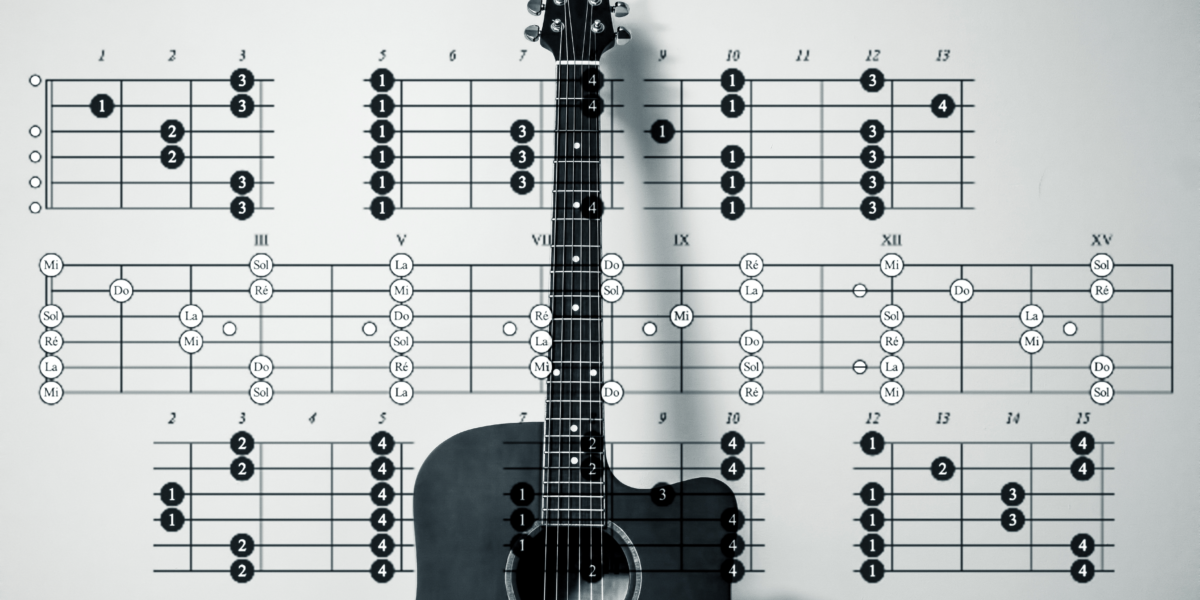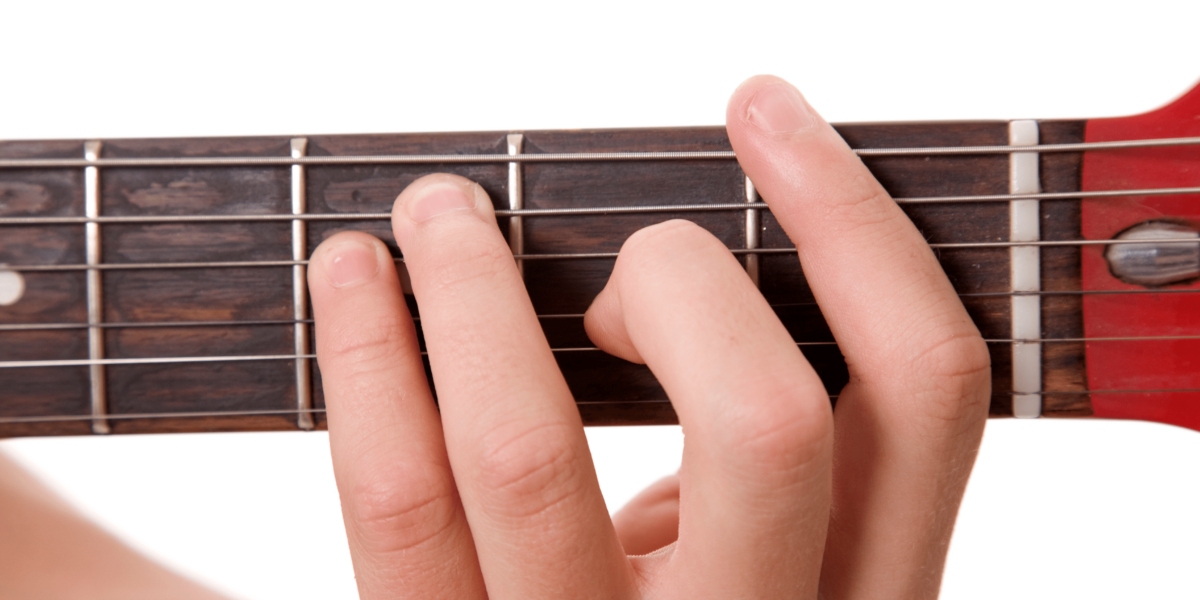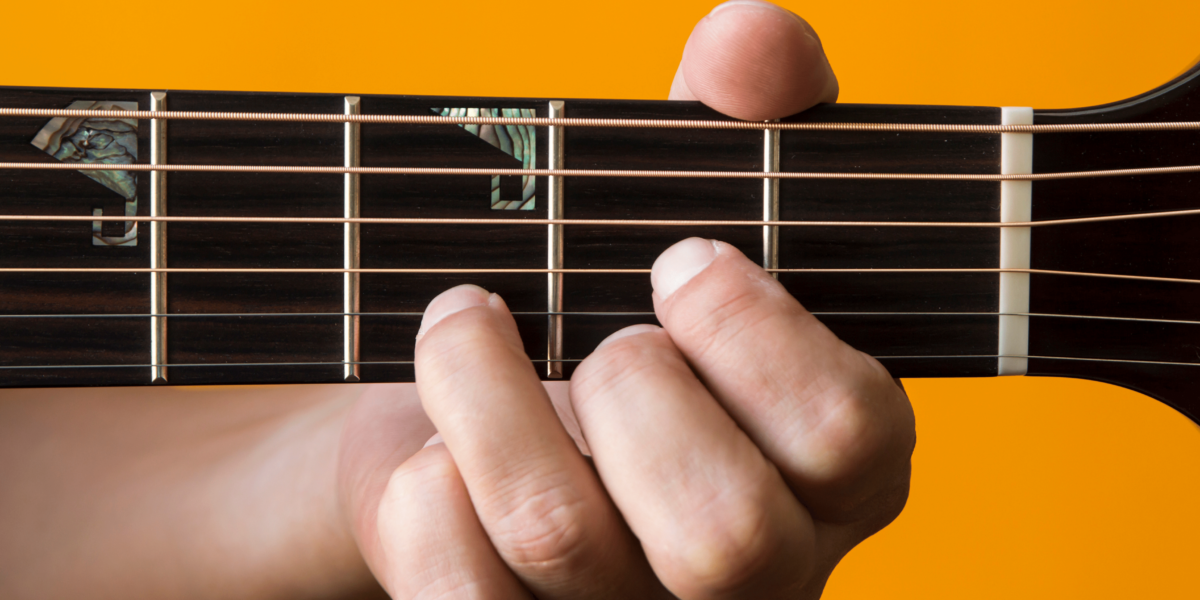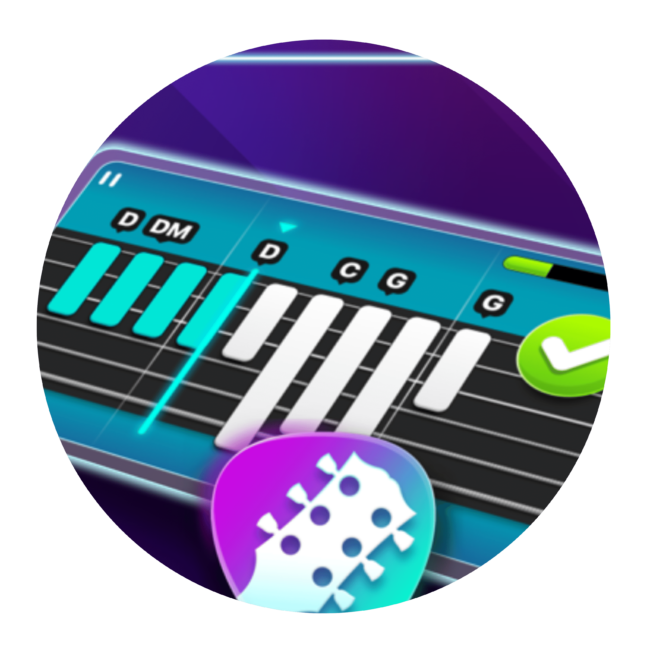A Beginner’s Guide to Guitar Chord Progressions

In this article, learn what guitar chords are, the basics of chord progressions, and the most common guitar chord progressions every beginner should know.
If you learn how to play the guitar, you must learn guitar chord progressions. Guitar chords make up almost every song ever written since the instrument was adapted from the Viola Da Gamba, Kithara, or Lute – its origins are unknown.
Guitar chord progressions are what draw out the emotion within us, the harmonious exchange that resonates through our spirit. At their core, guitar chords are simply multiple notes played simultaneously, creating a deeper, more complete sound.
This article touches on several basic guitar chord progressions that every guitar player should know when they first pick up this incredible instrument. This content aims to ensure you know how to play chord progressions on the guitar by the end. So let’s dive in and learn how to play the guitar together!
What is a chord on guitar?

A chord is a series of notes you play simultaneously. Chords always have a root note on either the major or minor scale. For instance, a C major chord gets its name from the root note and the scale it exists within. In this case, the root note is C, and the scale is major. You can augment chords to create different tones or moods, such as a 5th or 7th.
A guitar chord can also be seen as a shape, as the hand’s shape and the fingers’ formation create the chord. Certain chords are easier to string together than others. For beginners, an easy guitar chord progression to learn is C, G, E or C, G, and D – either in the major or minor scale.
What are guitar chord progressions?
Guitar chord progressions are what essentially form a song or arrangement. If you were only to play one chord, such as G minor, it’s hard to make that into an entire song. This is why guitar chord progressions are so important.
There are many systems that musicians use when putting together songs. Likely, the most famous is the CAGED or C-A-G-E-D system. You can hear it in many of the world’s most famous songs, making this system one of the more common chord progressions. Guitar players, especially beginners, tend to utilize the CAGED system because of its ease of use.
The system works by playing the open major chords C, A, G, E, and D up and down the neck of the guitar in five different positions. Many of the planet’s favorite bands base their songs on this system, such as “Scar Tissue” by the Red Hot Chili Peppers and “Crazy Train” by Ozzy Osborne.
While the CAGED system is helpful, it is controversial in the guitar world.
Some guitar players say that it does, in fact, ‘cage’ your guitar playing. Some even say it kills your guitar playing because it is so limiting—stealing creativity. Ultimately, you should try it out and see whether it works for you as a guitar player.
How to read chord progressions?
To understand how to read chord progressions, you will first need to know how to play each chord. Once you have the chords memorized, reading guitar chord progressions is relatively easy.
In contrast to more complex forms of song documentation, such as tablature and sheet music, you’ll be off to a running start if you know the basics of the chords within the song. Typically you see the guitar chord above the lyrics (if there are any) in the position within the song where you are supposed to begin playing it.
Getting your song printouts from a reputable source, such as Ultimate Guitar, is essential. Otherwise, the chords may appear in the wrong position in the song. This makes it challenging to play the song correctly and can be very frustrating.
Common guitar chord progressions for beginners.

There are a ton of great guitar chord arrangements that are easy for beginners to implement into their practice routine. Most beginners probably find variations of C, G, E, and D to be easy on the hands and easy to memorize. Something magical happens when you change from a G major chord into an E minor. It also happens to be an effortless transition.
Beginning guitar players can augment chords, making them easier to play until you get the hang of hand positioning. But the most common guitar chord progressions for beginners are variations of C, G, E, and D in either scale. The main reason is that the chords are easy to play and, when blended, make for beautiful arrangements and songwriting.
Then there are more complex but easy-to-master guitar chord progressions, such as the 12-bar blues.
What is the 12-bar blues?
The 12-bar blues is likely the last century’s most famous guitar chord progression. You can hear it from Boogie-Woogie baselines to Charlie Parker songs and even in Metal music. It is one of the most versatile and adaptable systems in guitar history.
This system is called the 12-bar blues because it consists of guitar chord progressions repeating within twelve measures. This guitar chord progression can seem intimidating at first, but not to worry, it’s pretty easy to master – even for beginners.
How to start practicing.
The best way to start practicing guitar chord progressions is to find a chord that you like—one that is easy for you to remember and play. Try out other chords to start playing after your root chord. If you want to write something happy, you probably want to stay on the major scale. The minor scale is suitable if you want to write something a bit moodier and brooding.
Remember that you can play chords from major and minor scales within the same song. For example, if you are writing a song that is generally bright but has a few dark moments, this is where you would pepper in a minor chord to help express that. Many of the most famous songs have bright and dark moments.
Putting it all together.
Now that you better understand guitar chord progressions and how they work, you can take this information and implement it into your regular practice routine.
Remember, if a chord isn’t working for your song or arrangement, you can always try another and see where the song takes you. If you find certain chords challenging to play in succession, change things up and try another chord arrangement. Sometimes the best songs are written because something wasn’t working in the original plan. So don’t be afraid to switch things around and try something new.
If you don’t know where to start, you can always work within the CAGED system, and you will almost certainly find what you are looking for. That said, make sure you are branching out and trying new things with your guitar chord progressions.
Chords make guitar playing fun, dynamic, and engaging. Also, reading chord charts is far easier than reading guitar tabs or sheet music, which makes implementing guitar chord progressions great for beginners.
Hopefully, this article answers the question: what are chord progressions? Guitar players of any level will benefit from their use in their music.

Want to learn how to play guitar chord progressions? Then down the load the Simply Guitar app and start playing today!
If you found this article helpful, then check out our blog about how to properly hold a guitar.









